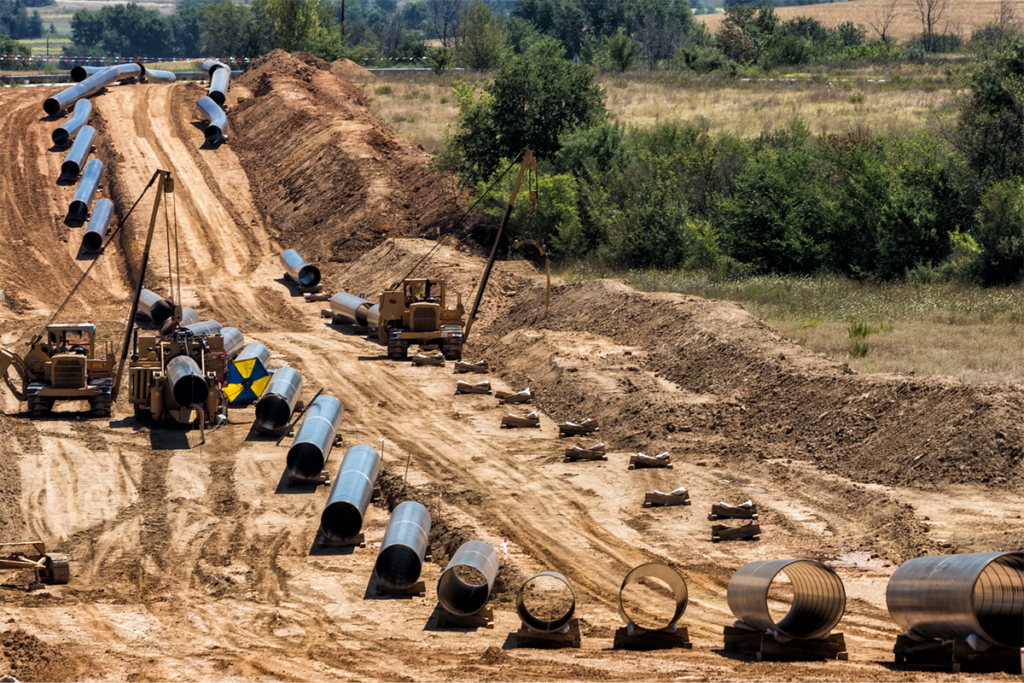Yesterday, the Minnesota Public Utilities Commission (PUC) released for comment its Final Environmental Impact Statement (FEIS) for the 28-mile Otter Tail to Wilkin Counties segment of Summit Carbon Solutions’ (Summit) proposed 240+ mile carbon dioxide (CO2) pipeline network in Minnesota.
This proposed project is part of Summit’s push for a $8.5 billion, 2,500 mile web of pipelines that would carry high-pressure CO2 from dozens of ethanol and other industrial facilities in Minnesota, Iowa, Nebraska, North Dakota, and South Dakota to sites in North Dakota where it can be injected into the earth to either extract oil or store it underground. Incentivized by the promise of billions of dollars in state and federal taxpayer-funded subsidies, Summit’s project has become a political flashpoint across the Midwest where landowners and communities in the footprint have raised concerns on a wide range of issues including safety and land-use impacts.
The Final EIS is an official document intended to provide decision-makers and the public about the social, environmental, and economic impacts and risks of the pipeline, and is a requirement under the Minnesota Environmental Policy Act (MEPA). While Summit is applying for a variety of permits in all five states and recently received approval for hundreds of miles of the pipeline in Iowa, Minnesota’s FEIS is the only in-depth review of its kind that the project is getting at either the state or federal level.
“It’s incredibly important that the PUC gets this right since this would be a first-of-its-kind project in the Midwest,” said Sarah Mooradian, CURE’s Government Relations and Policy Director. “Unfortunately, this Final EIS falls short. Hundreds of Minnesotans, Tribes, and organizations raised real and substantiated concerns about how this pipeline would affect water resources, agricultural land, and public safety—simply stating that these impacts will be ‘minimal’ as this Final EIS repeatedly does is not an adequate way to respond to those concerns.”
“The PUC started from the wrong place when they decided to only review the 28.5 miles of pipeline when Summit openly intends to build more than 240 miles in Minnesota—how can we really know the cumulative impact of this project on our air, land and water?” asked Peg Furshong, CURE’s CO2 Pipeline Organizer and a landowner in the footprint of Summit’s project. “The amount of water extraction is especially concerning with hundreds of miles of pipeline and dozens of facilities on the Minnesota and Iowa border—aquifers don’t respect state boundaries and we all rely on them.”
“In the Draft EIS released earlier this year it was clear that the agency staff who prepared it had no expertise assessing this kind of project, and had not hired contractors who did credible work,” said Hudson Kingston, Legal Director at CURE. “‘Garbage in garbage out’ is not an acceptable standard for an environmental review that will be the baseline for all future assessments of this kind of infrastructure in the state.”


